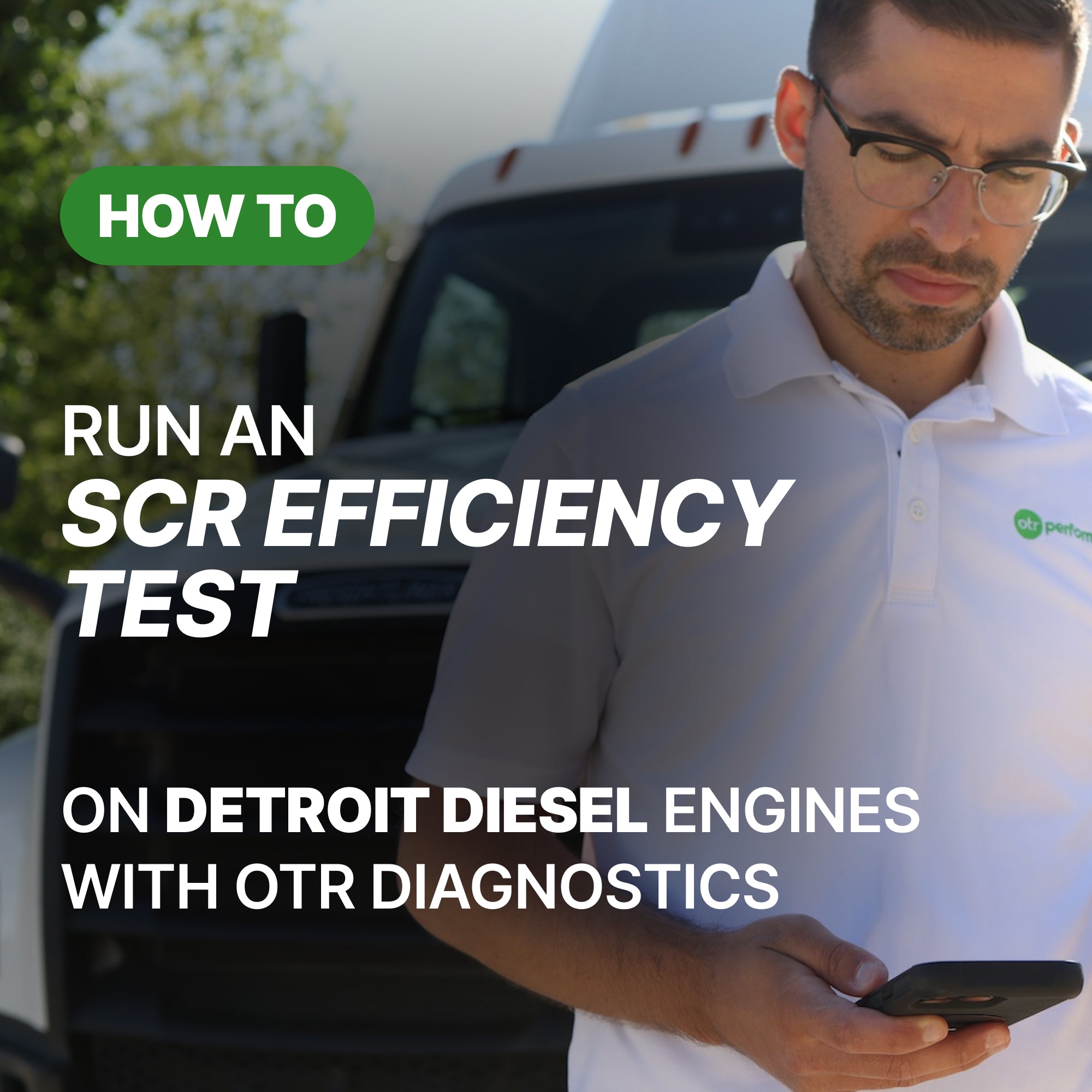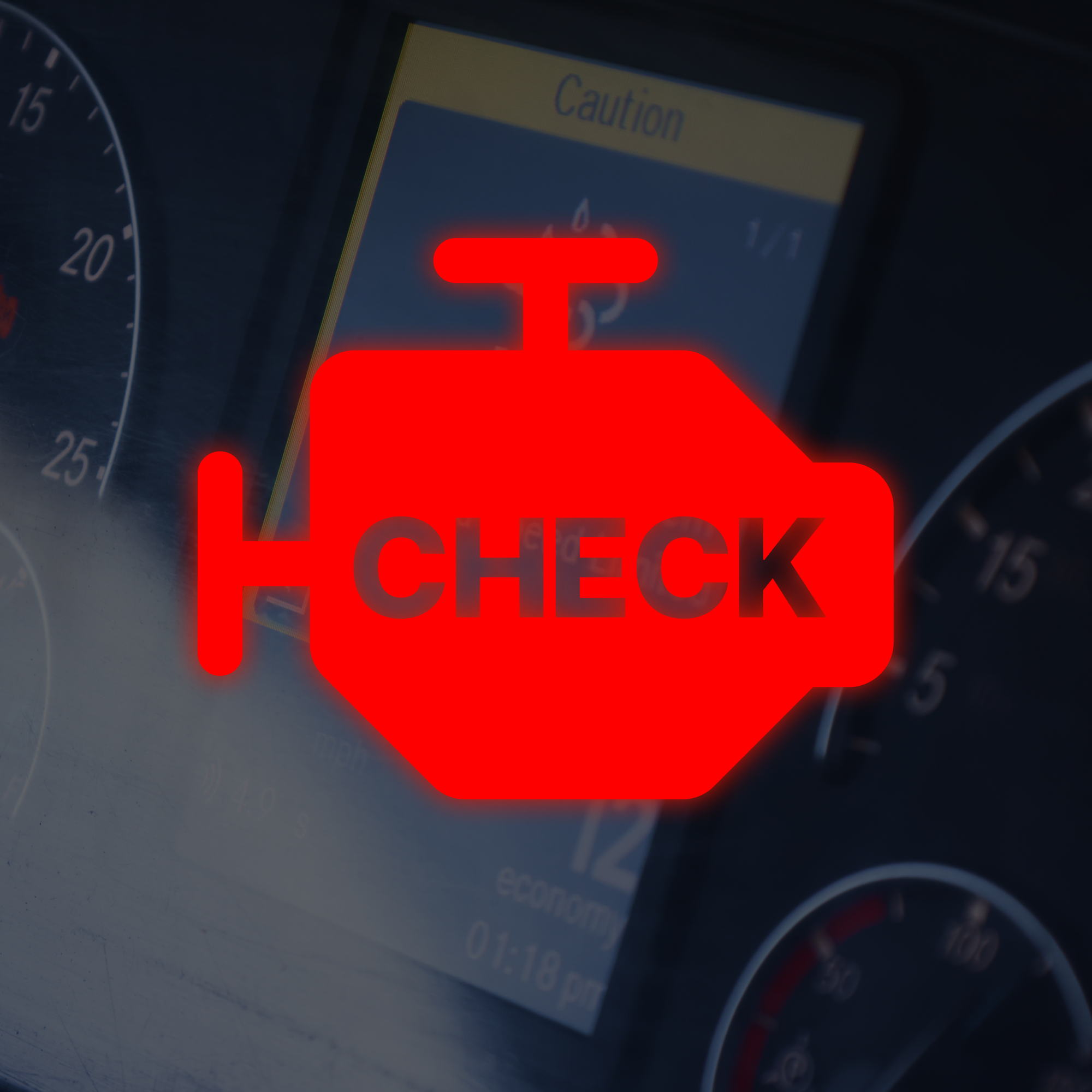In this article, we will be discussing what the heavy-duty aka HD Aftertreatment System does, and why it is important to maintain it for peak performance and a cleaner environment.
HD Aftertreatment system comes in many shapes and sizes. We cover the most important information for all Class 5-8 Vehicles.
Here are the 7 basic components that make up a HD aftertreatment system!
- EGR system - The reason behind why you put exhaust gases back into your engine.
- Turbocharger - Pumps air into your engine for more power!
- 7th Injector - The fuel injector for your exhaust – pumping fuel into your exhaust!
- DOC filter – The first of many filters in your exhaust system. Plays a vital role here.
- DPF filter – Takes a lot of the dirty exhaust and collects it all so we can burn it off later.
- DEF Injector – This injects a special water-base formula aka DEF fluid for the SCR System.
- SCR system – Completes the clean air process in a diesel engine. This is found on 2011 and newer diesel equipped vehicles.
The initial reason for aftertreatment systems was to clean exhaust emissions that have been recognized to damage the environment. After the introduction of EGRs in the 2000s manufacturers learned to use these systems not only for lower emissions but also for more efficient engine operation and better engine reliability when maintained correctly.
Stemming from the combustion event, the exhaust stream carries harmful emissions through the aftertreatment system. The emissions that are created are NOx, hydrocarbons (unused fuel), particulate matter (heavy carbon and sulfer), and carbon monoxide. Each stage of aftertreatment is designed to clean the exhaust gases with each stage removing specific chemicals end allowing optimal performance.
If you ever look at a dirty DPF or DOC, you will know what we mean. First, let’s look at the components of the aftertreatment system. Hopefully, by the time we’re finished here, you will be thinking “oh, that’s not so complicated after all!”
DPF Filter: Diesel Particulate Filter

Now that we got that covered let's get into the main 7 components that make up this entire heavy-duty truck aftertreatment system. Below you will see an image with the entire heavy-duty aftertreatment system and the flow through from the fresh air to the clean exhaust.
Heavy-Duty (HD) Aftertreatment System

1. Exhaust Gas Recirculation (EGR) system - The reason behind why you put exhaust gases back into your engine.
The EGR is the first widely accepted industry solution for emissions that were required by the EPA to be reduced in heavy-duty trucks. The EGR works by taking a small amount of gas from the exhaust stream and reintroducing it into the intake of the engine to reduce combustion temperatures.
While this was initially done to lower NOx emissions from the exhaust stream, later they also took advantage of the fact it introduces “spent” air into the combustion chamber. This unusable air acts as a spring. It keeps peak cylinder pressures lower, and as a secondary effect, it expands and fills volume within the cylinder as combustion pressures drop. This effect keeps the combustion event pushing downward on the piston for a longer amount of time during the power stroke.
With engine development now naturally including the EGR system, engine manufacturers have been able to use the lowered internal temperatures and pressures to tighten tolerances. They were also able to change rod-to-stroke ratios due to the spring effect created by the EGR. These things combined make the engine more reliable, consume less oil, operate more efficiently, and run cleaner.
2. Turbocharger - Pumps air into your engine for more power!
The turbocharger, or turbo, is primarily used for forcing more air into the intake by using a turbine driven by the exhaust. An alternate role the turbo plays in the aftertreatment system is control heat output.
Turbos on modern trucks typically have an actuator controlling vanes within the exhaust side of the turbo. These vanes are moved to direct exhaust air into the exhaust wheel creating either more or less speed on the wheel of the turbocharger.
When the actuator changes the position of vanes within the turbo this allows it to simulate a load as if the truck is going down the road. The actuation is primarily used to reduce lag for a wider power output and better driving experience, but for aftertreatment purposes, during regeneration it is used to create a controllable condition that generates specific exhaust gas temperatures.
These elevated exhaust gas temperatures bring the DOC and DPF up to the correct temperatures that work in conjunction with the 7th injector to do a complete soot burn off.
Below is a turbocharger attached to the exhaust manifold and attached to it is the turbo actuator.

3. Aftertreatment Injector (7th injector) - The fuel injector for your exhaust – pumping fuel into your exhaust!
Mounted right off the turbo before the DOC is the aftertreatment injector (or 7th injector). This is used to spray fuel into the exhaust stream after the engine and turbo have worked to bring the DOC/DPF up to temperature.
Spraying this fuel directly into the exhaust stream causes the hot exhaust gases to react with the fuel and DOC causing a reaction and another rise in exhaust gas temperature as it enters the DPF.
This is done to truly start the regen process where the soot being collected in the DPF is burned down to ash. This burn off then prevents a restriction from forming, if the 7th injector fails typical symptoms would be forced regens ending sooner than usual or not initiating along with high soot levels and derates.
4. DOC - Diesel Oxidation Catalyst Filter - The first of many filters in your exhaust system. Plays a vital role here.
After the turbo, the exhaust enters the Diesel Oxidation Catalyst and begins the process of filtering chemicals. The DOC is located before the DPF but after the turbo or it is connected directly to the DPF.
When the exhaust enters the DOC, the gases from the engine break down and start to get oxidized to make the full breakdown of them even easier for the SCR as they go further down the line.
Without proper DOC performance, the SCR will have issues converting NOx which will result in SCR NOx conversion codes and derates, some of which can even be misleading and suggest poor def quality when it’s an issue starting as far upstream as the DOC or EGR.
During regeneration the DOC needs to be working correctly as it triggers a reaction between the diesel injected by the 7th injector and exhaust gases, this reaction is what brings the exhaust temperatures high enough to burn the soot down to ash in the DPF.
Below is what the DOC Filter looks like!

5. DPF Filter - Diesel Particulate Filter System - Takes a lot of the dirty exhaust and collects it all so we can burn it off later.
The DPF is next. The DPF removes carbon particles (aka soot) from the exhaust stream. The DPF does a remarkable job at this as it typically removes over 99% of particulates. This explains why the DPF can accumulate such a thick layer of soot.
As the layer of soot in the DPF thickens it produces back pressure and restricts forward movement of the exhaust gas. This back pressure will continue to build and hinder performance of the engine and aftertreatment system.
When soot levels reach a point a regeneration will need to happen. During regen the soot gets converted to ash and you are left only ash collected in the DPF. Over long periods of time that ash will build up and cause restrictions requiring service as well.
To clean the ash out of your DPF it will need to be removed and baked or replaced. If you would like to learn more about regenerations take a peek at our article on regens here.
6. DEF Injector - Diesel Exhaust Fluid Injection -This injects a special water-base formula aka DEF fluid for the SCR System.
The next step in the process is DEF injection. DEF is a solution of urea and water that is injected into the exhaust stream to transform the NOx emissions as they pass through and exit the SCR. The DEF breaks down in the hot exhaust to form ammonia.
This decomposed urea moves along with the exhaust gases to the next component, the Selective Catalytic Reduction (SCR) system.
7. SCR - Selective Catalytic Reduction System - Completes the clean air process in a diesel engine. Most found on 2011 and newer diesel equipped vehicles
The final stage of aftertreatment is the SCR. At this point, the SCR works together with DEF to remove all the remaining NOx and hydrocarbons not filtered by the DOC. The decomposed urea and exhaust gases react with the active chemicals in the SCR to form carbon dioxide and water vapor.
This stage of aftertreatment is the last step in the process but is just as crucial as the rest. Without a properly maintained SCR, you will see derates due to high NOx levels or even false positives for DEF issues.
Maintained Aftertreatment = Cleaner exhaust and a truck with peak potential
Aftertreatment systems are critical to the performance of modern diesel-powered vehicles. Their importance and maintenance are often overlooked, leading to breakdowns and costly repairs. With the information in this article, we hope you can now drive with peace of mind knowing more about your aftertreatment system and why it needs to be maintained properly.
Do you have any topics you want to learn more about? Share your thoughts with us by dropping us a line in the question box below.
As always, stay safe and keep the rubber side down!






What are SA SPN FMI - Beginners guide to fault codes
8 Most Common Heavy-Duty Truck Failures Caused by Heat